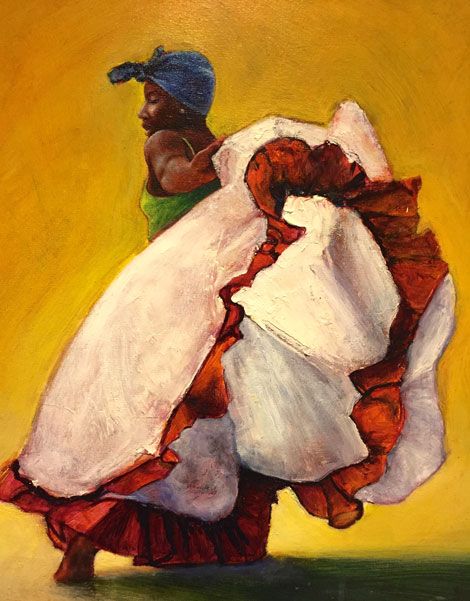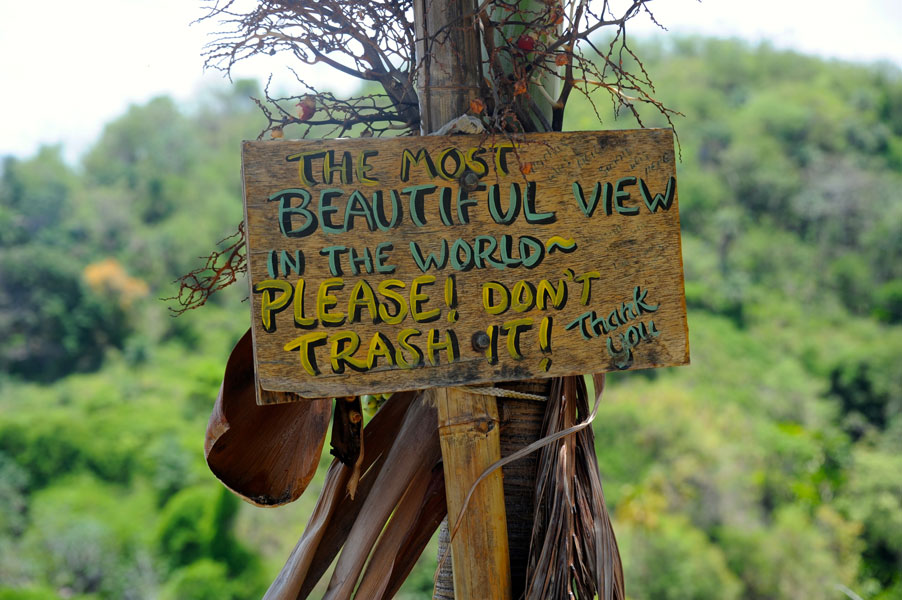Want to lime?” That was first question from my Trinidadian guide.
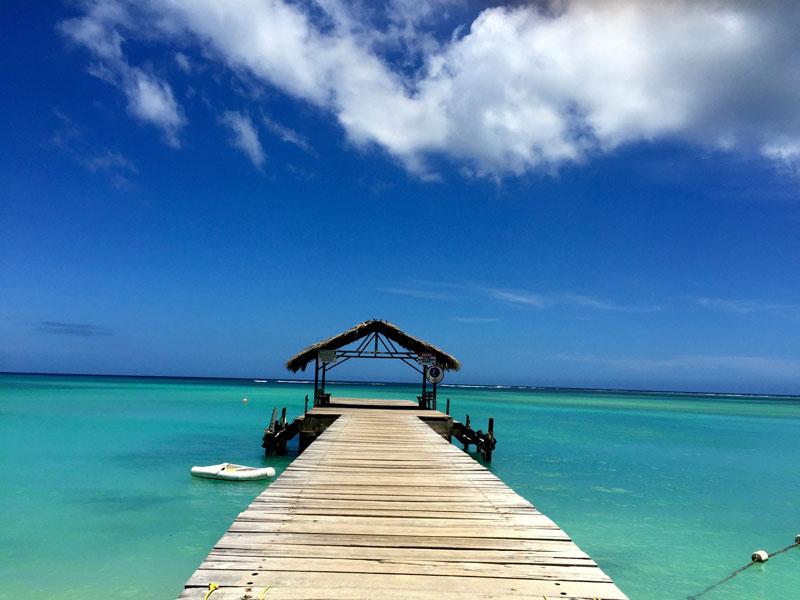
“Lime? No.” I certainly wasn’t nauseous after the 14,330 km-flight from Goa to the Port of Spain.
“Can yuh grease yuh waistline?” Popped another question. Were my ears ringing? I know CNN ranks Trinidadian accent as the world’s 10th sexiest accent, but who greases a waistline? My midriff is no motor nor rosewood furniture that calls for a regular grease. “All right, we’ll dig into buss up shot for dinner?” The guide nonchalantly threw another Trinidadian term and my mind got further addled in Port of Spain, a tiny squiggle in the Caribbean Sea that began life as a mudflat before being crowned the capital of the twin islands of Trinidad and Tobago (T&T).
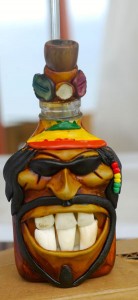
That night in Trinidad, I accumulated slangs. ‘Lime or liming’ is a synonym for ‘a gathering’ or ‘to hang out’; ‘grease the waistline’ is supposed to mean a dancer’s hips moving so fluidly that it seems that they were oiled; and ‘buss up shot’ is a flatbread that is rolled, folded, and torn to give it a messy, flaky texture resembling a torn-up t-shirt.
I could add bess (sexy), hadda (have to), wuh yuh (what are you?), cunumunu (a stupid person) to my slang laundry-list. But I chose instead to pick words off a Nobel laureate. The man who spent his childhood in the Trinidad capital before leaving for Oxford in 1950. My first images of Trinidad were borrowed from this man’s narrative. Of a house crowded with superstitious men and crabby women and a man’s desperate quest for his own house. It was in Sir V S Naipaul’s famed novel A House for Mr Biswas that I first saw Trinidad.
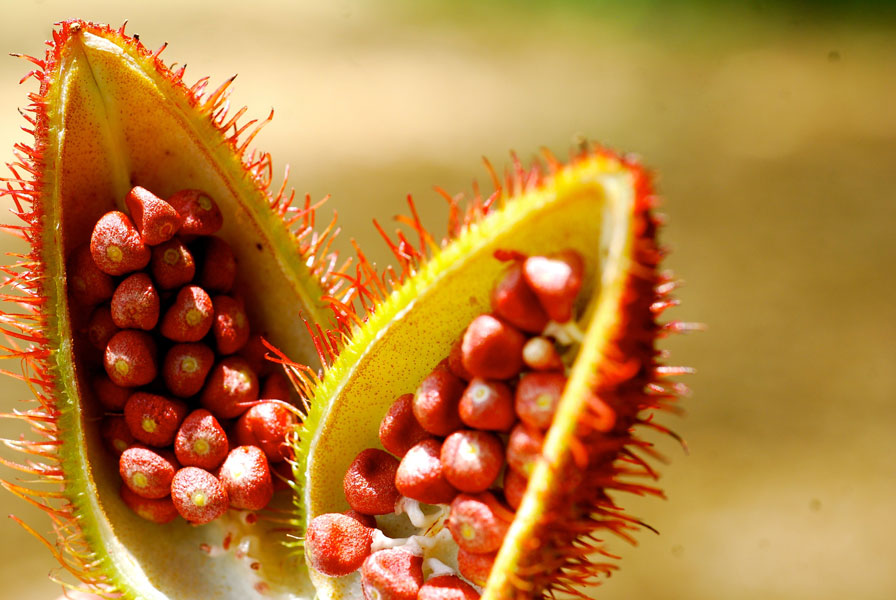
That ‘house’ might be fictional but the white house which was once the family home of T&T Guardian writer and author Seepersad Naipaul and wife Dropatie (V S Naipaul’s parents), still stands in the capital’s St James’ neighbourhood. Naipaul no longer lives in Trinidad and his childhood home looks desolate. The lock clasps the iron gate, glass windows are shut tight and black electric wires hang menacingly over the balustrade. The quietude is belying — it is unnerving to imagine a complicated narrative unfolding behind the white walls. But Naipaul lovers manoeuvre their way through the one-way street to pay homage to the Nobel laureate.
The heavily pregnant Mommy turtle was digging deftly with her rear flippers and when the egg-space was large enough, she laid nearly 100 softshell eggs, covered them with sand and swam away. Never to return.
Words of a writer are not the only solace in Trinidad, the southernmost island of the Caribbean that sits coquettishly close to Venezuela (11 km). The earliest settlers were Amerindians who named it lene, the Land of the Hummingbirds. They considered the hummingbird holy and anyone who killed the bird was assured a place in hell. Even today the hum of the hummingbird lends a musical score to Trinidad. In the Yerette Hummingbird Sanctuary (Maracas Valley), hundreds of hummingbirds flit in and out sipping nectar from the red feeders in Theo and Gloria Ferguson’s plush home. Of the 17 species of hummingbirds, at least 13 can be found in Yerette. They chirp and flit in such haste that it is difficult to catch the iridescence of the yellows, greens and blues of their feathers.
The chirp of the hummingbird can get drowned in the oompah beat of the steel pan, the only musical instrument invented in the 20th century. Many decades ago, someone picked a 55-gallon chemical container and hit the first note. The twang must have enthralled the pan player. Soon, the hearts of the discarded gallons were beaten hollow to create music with rubber-tipped straight sticks. The percussion was so alluring that Trinidad soon had deft pannists creating an orchestra out of industrial drums. Today, Trinidad is synonymous with steel-panning where steel bands re-interpret the year’s calypso for carnival performances. Another musical genre born in Trinidad is Chutney Soca, a form of music that combines English, Hindi, Hinglish and Bhojpuri to create an unusual melody and lyrics, a combo of calypso with Indian musical instruments.
Courting silence
One night in Trinidad, I wanted to leave music behind and court silence. The silence of a dark night in Matura Beach to watch the rare leatherback sea turtle swim ashore from the Atlantic Ocean and lay softshell eggs in the warm Trini sand. One of the largest sea turtles, the 800-pound leatherback has called Trinidad its home for millions of years. That night in Matura, I walked barefoot carrying a red torchlight in search of the heavily pregnant Mommy turtle. She was digging deftly with her rear flippers and when the egg-space was large enough, she laid nearly 100 softshell eggs, covered them with sand and swam away. Never to return. The baby turtles will hatch in 60 days. The Mommy leatherback will never see them. But in Trinidad, the baby turtles are safe. Protected under a massive conservation programme.
“Trinidad may seem complex but to anyone who knows it, it is a simple, colonial, philistine society,” V S Naipual wrote. Near the world’s largest traffic roundabout at Queen’s Park Savannah, I bickered with the Nobel laureate. Yes, Trinidad is colonial, it is simple but it is not philistine. You stand corrected, Mr Naipaul.
Pictures by Preeti Verma Lal
Trinidad Trivia
- Rapper, songwriter, and singer Nicki Minaj was born in St James and lived here until she was five years old with her grandmother before moving to New York City with her parents.
- Trinidad and Tobago is the only country whose capital city is named after another country: Port of Spain.
- Pitch Lake in Trinidad is the world’s largest natural asphalt deposit covering almost 100 acres 245 feet deep.






